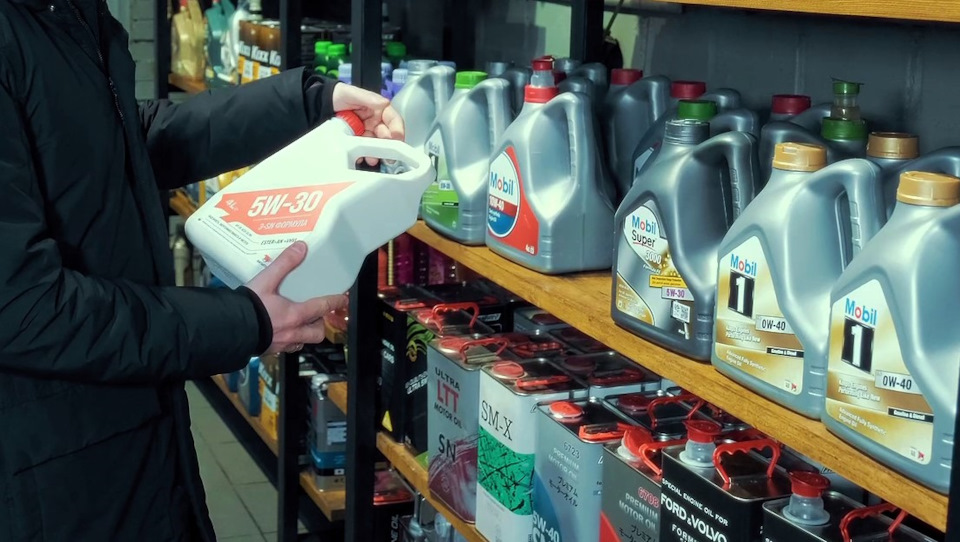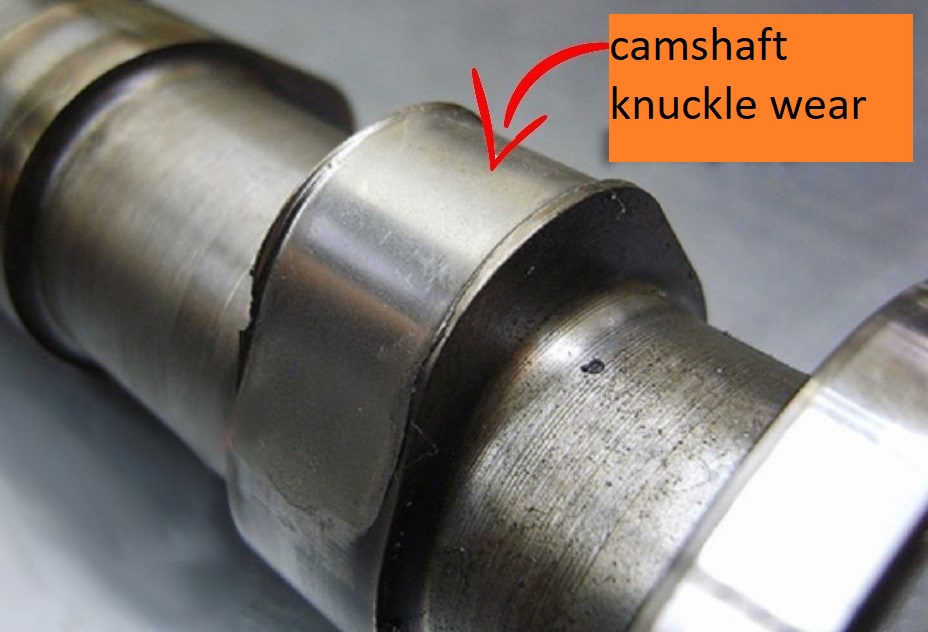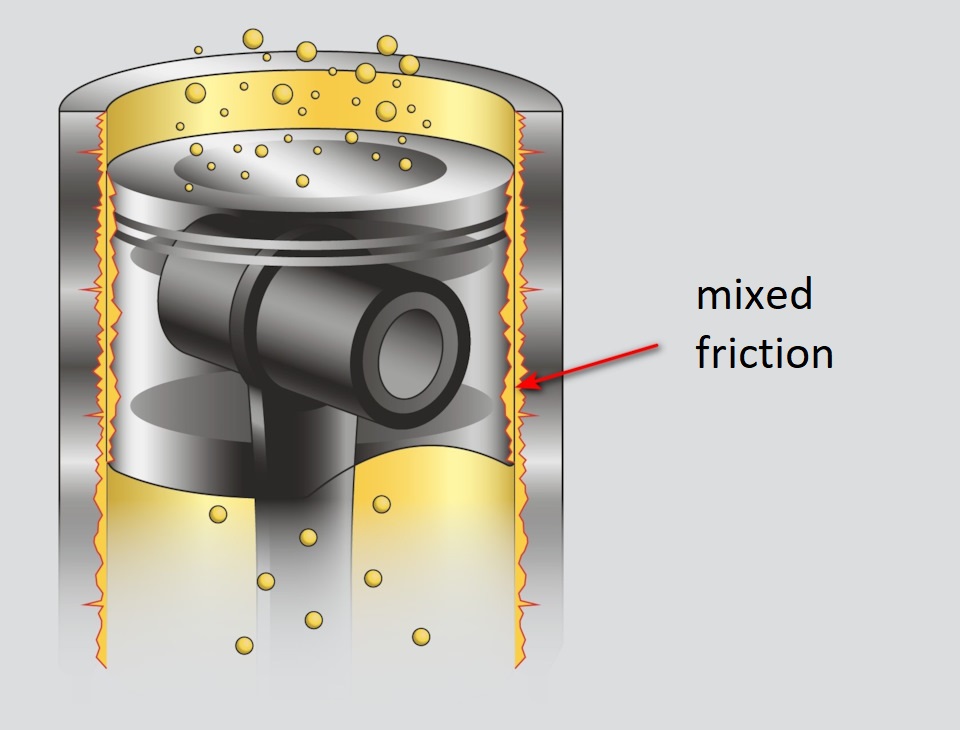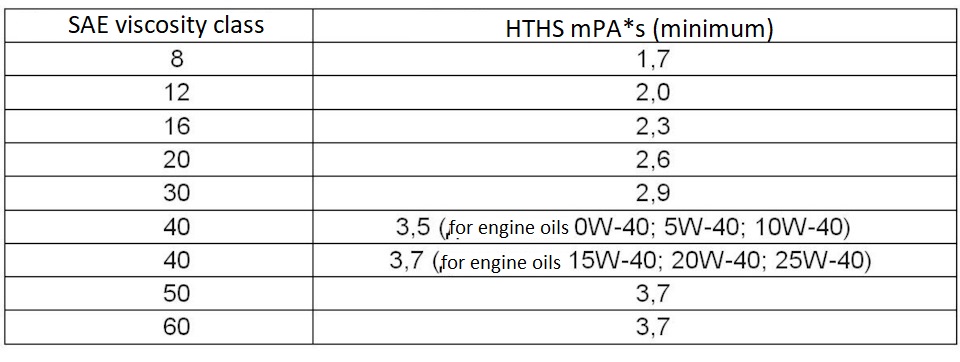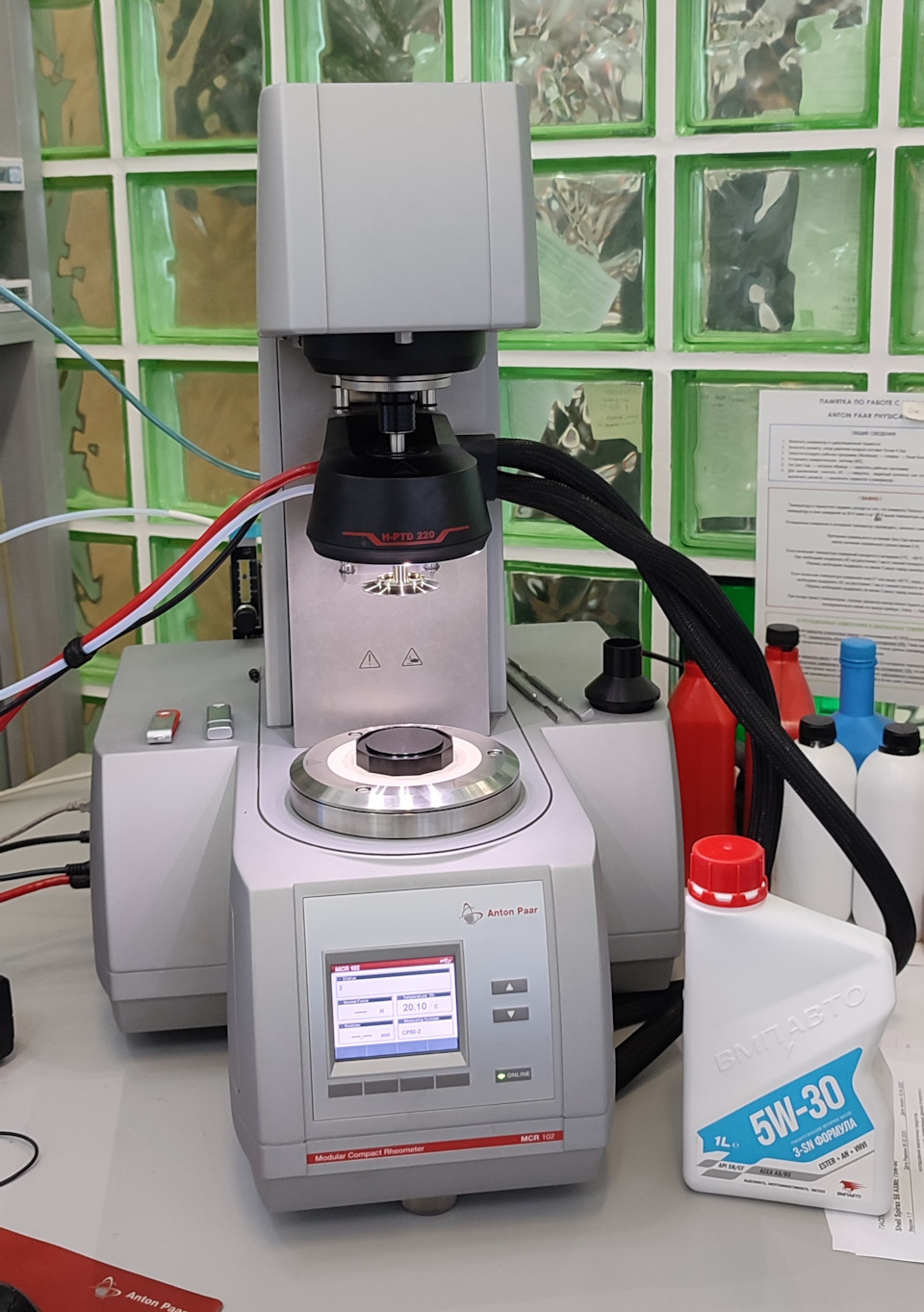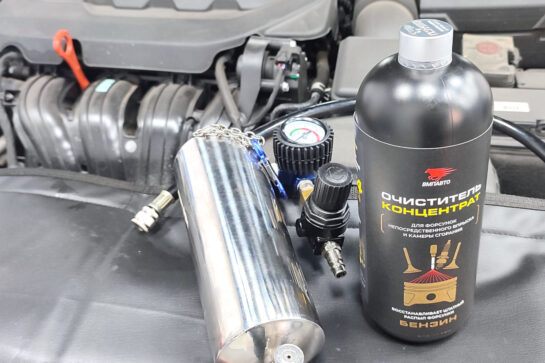HTHS – a parameter you should know about
“HTHS is one of the important parameters to consider when choosing a motor oil for a car engine”. This is how the neural network will answer you if you ask the question: What is HTHS (High Temperature High Shear)? And is this parameter really important when choosing an oil? SAE viscosity or compliance with API or ACEA tolerances is always written on the canister. Why then such an important parameter as HTHS is not indicated on the packages? Moreover. Most manufacturers do not have it even in the technical description of the product.
So what is HTHS? High Temperature High Shear Viscosity indicates how much the oil layers can resist shear under conditions of high speed and equally high temperature. This parameter is measured on a rotary viscometer. A sample of engine oil is placed between the stator and rotor of the device and then heated to a temperature of +150°C. During the measurement process, the viscometer measures the speed of the transmitted rotation and the level of torque response from the rotor to the stator. This parameter is measured in mPa*s – millipascals per second.
But what does this parameter give to the average consumer from a practical point of view? In simple terms, HTHS gives us an idea of the thickness of the oil film in the contact area of the parts rubbing in an oil wedge. The higher the parameter, the thicker the oil film. The lower it is, the thinner the film is.
And here, it would seem, everything falls into place. The thicker the film, the better the oil. After all, it is a good oil wedge that can protect the rubbing parts from wear as much as possible. But not everything is so simple.
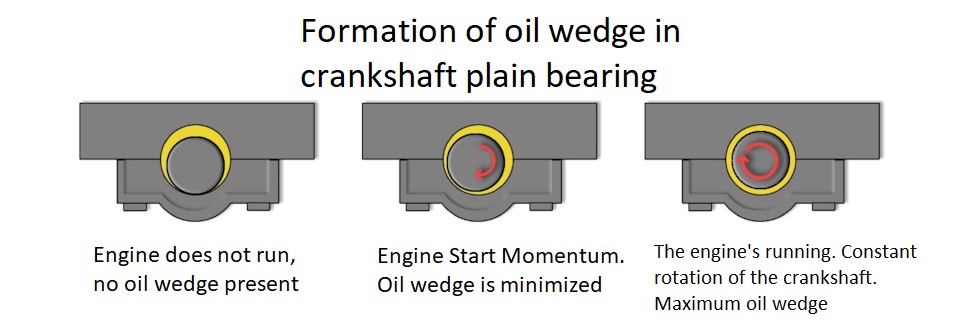
Modern engines are very different from those designed twenty years ago. This is primarily due to the quality of the assembly. Gaps in friction pairs of modern engines are minimal, and less viscous oils are needed to penetrate the friction pair. Plus, an engine with such oil spins easier, which means that it consumes less fuel and easily meets environmental standards by reducing emissions.
Then what to do? After all, you want to minimize wear and tear, and fuel consumption is not too bad for your pocket. Here you need to understand what HTHS should be taken as an ordinal. Above which parameter fuel consumption increases, and below which the oil’s ability to protect the engine from wear decreases?
In the 90s, TOYOTA employees conducted a series of experiments. The engines were filled with oils with different HTHS parameters. It turned out that oil with HTHS below 2.6 mPa*s increased the wear of camshafts and piston rings.
When oil with HTHS higher than 2.6 mPas (up to 3.5 mPas) was added, the wear practically stopped. But there was another problem. When using an oil with an inflated HTHS parameter, there was a serious increase in carbon monoxide emissions, as well as an increase in fuel consumption. Thus, the study clearly proved that HTHS is really quite important parameter, which should be paid attention to when choosing oil. On the basis of these data in the future the Japanese together with the Americans developed the ILSAC tolerance.
So what oil should be chosen? First of all, of course, you should be guided by the manufacturer’s recommendations, the compliance of the oil with the SAE tolerance. Moreover, for each viscosity class there are already minimum HTHS values.
Knowing these values, you can already pay attention to the data specified by the manufacturer in the passport to its oil. If they correspond to this parameter or higher, the oil can be used in the engine of your car. If these values are lower, it means that the manufacturer has saved on something and the oil does not meet the tolerance requirements.
Our laboratory has all the necessary equipment to carry out a variety of tests, including HTHS determination. Realizing how important these data are when choosing an oil, we do not hide them, but make them widely available. HTHS values for VMPAUTO oils can be found in the table below.

